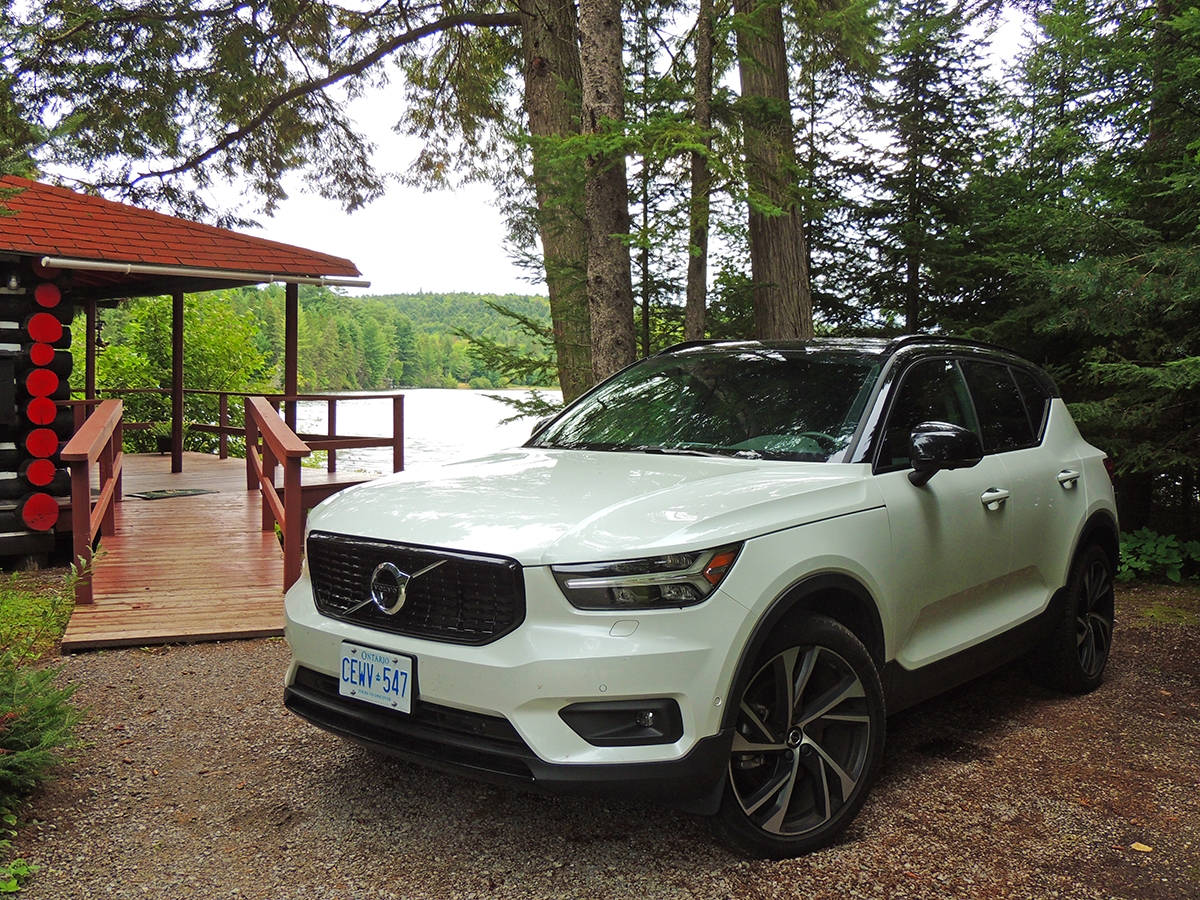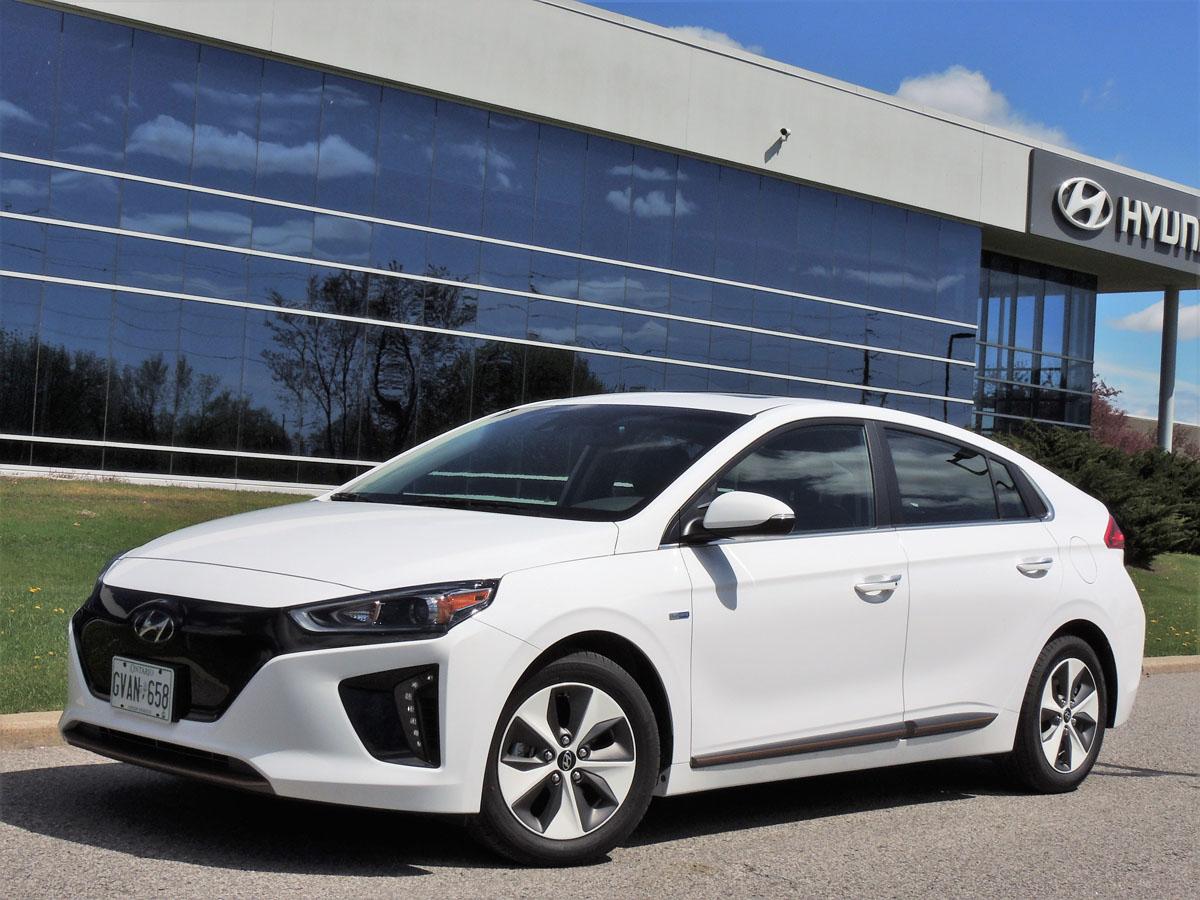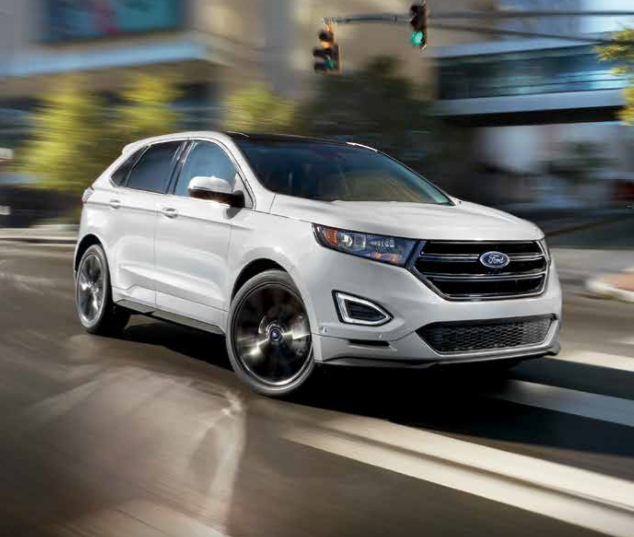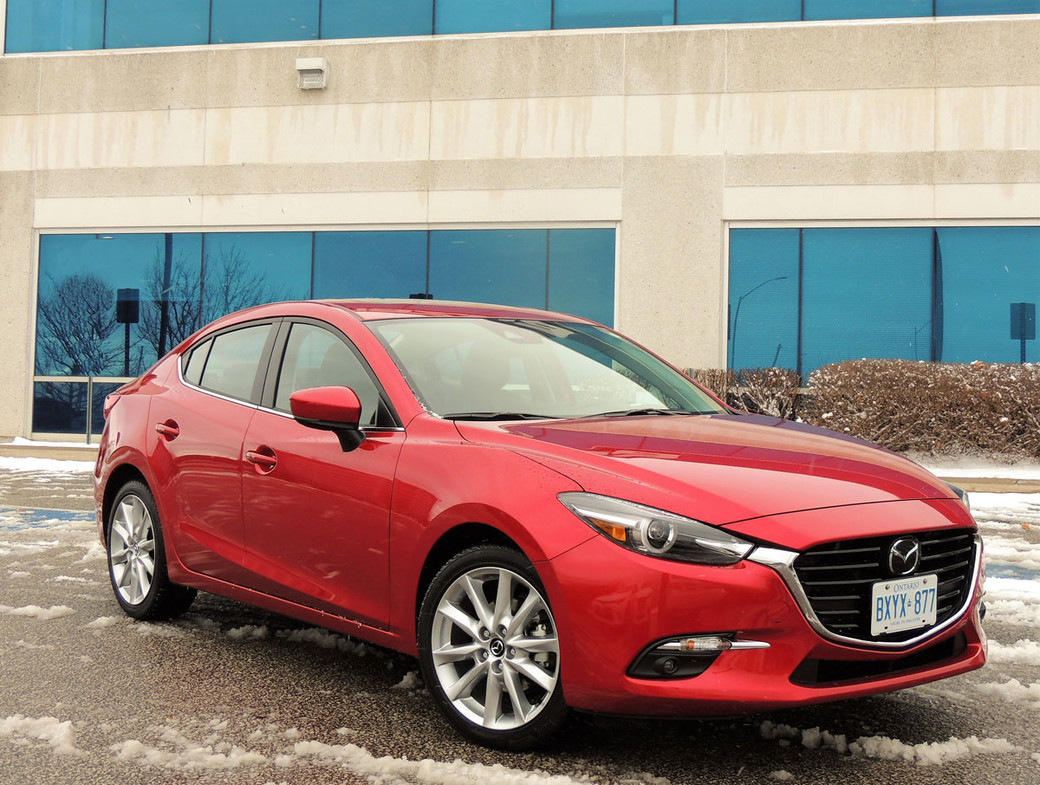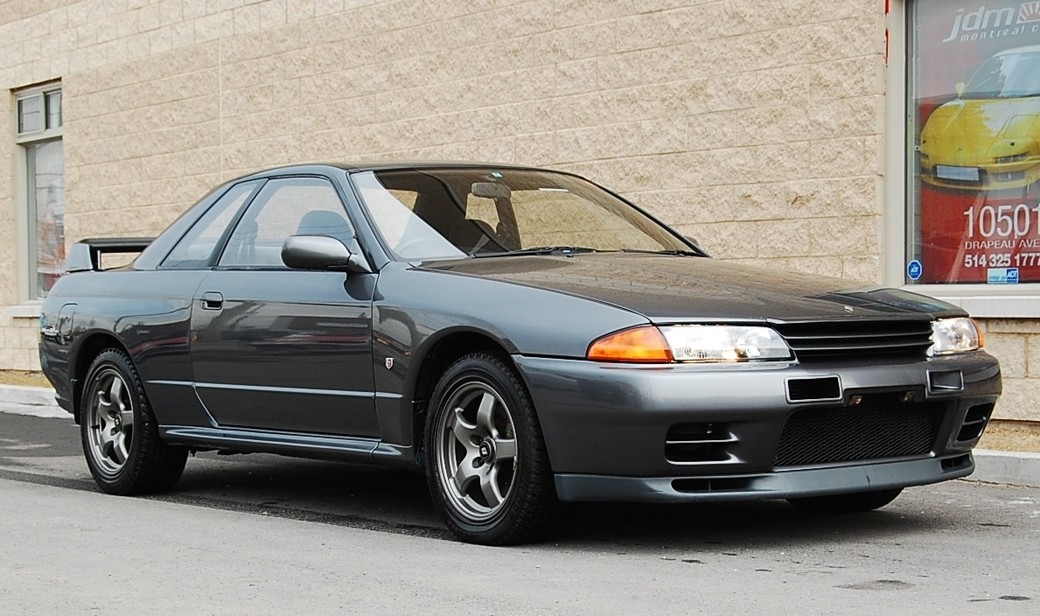
Nissan Skyline GT-R: Automotive Weapon & Forbidden Fruit
Nineteen eighty-nine was by all accounts a banner year, one of fundamental change.
In February of 1989, convoys of Soviet tanks, artillery and armored personnel carriers lumbered across the Afghan-Uzbek Bridge and back into the Uzbek Soviet Socialist Republic, thereby signaling the Soviets’ abandonment of their nearly decade-long failed military engagement with the Mujahideen in Afghanistan. In June, tanks and armored personnel carriers belonging to the People’s Liberation Army rolled out of Tiananmen Square and into the streets of Beijing as the communist Chinese government forcefully dispersed swarms of student protestors while implementing a state of martial law. Then, in November, the Berlin Wall fell. The symbol of the Cold War that served as the boundary separating communist East Berlin from capitalist West Berlin had lost its mandate. And in August 1989, fundamental change of another order came to the automotive industry as well. While “the weaponry” originated in the East, it most certainly was not spawned behind the Soviet “Iron Curtain.” Instead, it occurred in Japan.
It was during the dog days of summer that Nissan introduced its Skyline GT-R BNR32. Nissan designed the Skyline GT-R BNR32 to function as a sophisticated weapon on wheels. It was to be a weapon capable of doing battle with Group A racing’s iconic BMW M3 and the venerable Ford Sierra RS500 Cosworth without so much as breaking a sweat. On this account, the Skyline GT-R succeeded. Furthermore, it dominated Group A racing between 1990 and 1994, going on to win numerous European endurance races during that same time span.
While the R32 GT-R was designed to compete on the world’s most challenging race tracks, regulations at the time required that the car be homologated first. In other words, in order for Nissan to race the R32 GT-R, it needed to produce and sell the car to the general public beforehand. And if the R32 GT-R were no stranger to the winner’s circle on countless professional circuits, it was on the streets that the car would truly earn its unofficial nickname of “Godzilla.” Overnight, it became the most sought after car among tuners and import enthusiasts around the globe. The technology hidden under its metallic skin prompted much of this praise.
It was powered by a twin turbo 2.6-litre Dual Overhead Camshaft (DOHC) inline six-cylinder engine code named RB26DETT. The engine produced a severely underrated 276 horsepower at 6,800 rpm and 260 foot pounds of torque at 4,400 rpm. While those numbers are anything but tantalizing today, they were impressive for 1989. For instance, in 1989, a typical Chevrolet Corvette had a massive V8 engine yet only developed 250 horsepower. In fact, Ferrari’s brand new V8 powered sports car for 1989, the Ferrari 348, only produced 300 horsepower—a mere twenty-four more than the less prestigious, but just as quick, Nissan.
Nissan’s RB26DETT engine was officially capped at 276 horsepower because of a gentleman’s agreement among Japanese automakers of the era whereby Japanese manufacturers were to refrain from producing cars for public consumption that developed more than 280 horsepower. In reality, the engine was built so robustly that tuners soon realized that (after some tinkering) the straight six engine in the R32 could reliably produce more than double the manufacturer’s horsepower without frying its internal components. When it came to horsepower, the sky was the limit for the Skyline GT-R. Consequently, after some tweaking in the hands of tuners, R32 GT-Rs on the street were capable of meeting—and often exceeding—the average 550 horsepower that the typical Group A race-prepped GT-Rs produced.
But horsepower is only one element of producing a tremendous sports car. Copious horsepower serves no purpose if it cannot be translated into traction. More often than not, high horsepower results in a loss of traction. In other words, it can cause an automobile to handle imprecisely because it overpowers its tires, suspension and transmission resulting in slow cornering in a best case scenario and wheel spin, fishtailing or loss of control in worst case scenarios.
In that light, in 1989, prior to the advent of the now ubiquitous computer-controlled traction control systems which turn even the most rambunctious tire-shredding sports cars into controllable automobiles, Nissan’s engineers concluded that producing potent but useable horsepower in a rear-wheel-drive sports car was not a realistic option. Enter a sophisticated all-wheel-drive system called ATTESA E-TS. Demystifying the automotive engineering lingo, Nissan’s ATTESA E-TS stands for Advance Total Traction Engineering System All Terrains Electronic Torque Split. The last two words are what gave the GT-R the upper hand when it came to translating power into traction that can be harnessed to out-handle their rear-wheel-drive competitors. In fact, many would even say that those last two words gave the R32 GT-R an advantage over other all-wheel-drive cars that preceded it.
Unlike most cars which are equipped with all-wheel-drive systems that split torque evenly between the front and rear wheels, under normal driving conditions all of the GT-R’s power is sent to the two rear wheels, thereby allowing the GT-R to function as a rear-wheel-drive car. However, the moment that its computer sensors detect slippage in handling, power is instantaneously transferred to the front wheels as well, thereby allowing the GT-R to gain the surefooted traction and stability that is the byproduct of all-wheel-drive. This balancing act allowed the GT-R to out-handle most conventional all-wheel-drive automobiles. It also made the GT-R much more lively on twisty roads since the back end could slide out like a rear-wheel-drive car but the computers would catch it and apply the requisite power to the front wheels, thus preventing a loss of control and ensuring the quickest exit from a corner or slide.
Handling and traction were such paramount concerns to the engineers at Nissan that they even equipped the Skyline GT-R with a rear-wheel-steering system known as Super HICAS. While Super HICAS was included with the intention of further sharpening already razor sharp cornering, the jury still remains out on its effectiveness. Regardless of the merits of Super HICAS rear-wheel-steering system, in its day, the Skyline GT-R was a technological tour de force.
The Skyline GT-R and its techno-weaponry were further refined in the two subsequent generations that succeeded the R32: the R33 released in 1995, and the R34 released in 1999. Sadly, by the end of 2002, the sun had set on Nissan’s road warrior. Production was halted at the end of the year and it would be a half-decade before the Skyline GT-R’s successor, an automobile known simply as the Nissan GT-R, would truly bring Nissan’s performance portfolio into the twenty-first century.
While the R32, R33 and R34 Skyline GT-Rs are less powerful and slower than the more technologically advanced Nissan GT-R, the older cars have an extremely strong appeal for automotive aficionados. This is likely because the older Nissans struck a balance between man and machine which is arguably lost in the current Nissan GT-R. For instance, all of the Skyline GT-Rs came equipped with tight-shifting manual transmissions requiring a heightened sense of driver agency and skill. The current Nissan GT-R is available only with a semi-automatic transmission that requires less driver agency and skill to use. In other words, too much liberty has been granted to the machine in the current car.
The older GT-Rs also appeal to contemporary auto enthusiasts because of their price and street presence. Unlike the Nissan GT-R whose base price is $108,000, the older Skyline GT-Rs can be found for as little as a tenth of this sum. But there’s a catch. Since the R32, R33 and R34 Skyline GT-Rs were never sold domestically in North America, they are classified as grey market vehicles and must be fifteen years old before they can be legally imported and registered for use on Canada’s roads. Consequently, for North American auto enthusiasts, the Nissan Skyline GT-R was always an example of Japanese forbidden fruit. Happily, in 2014, that forbidden fruit has ripened and just may be worth a bite.

